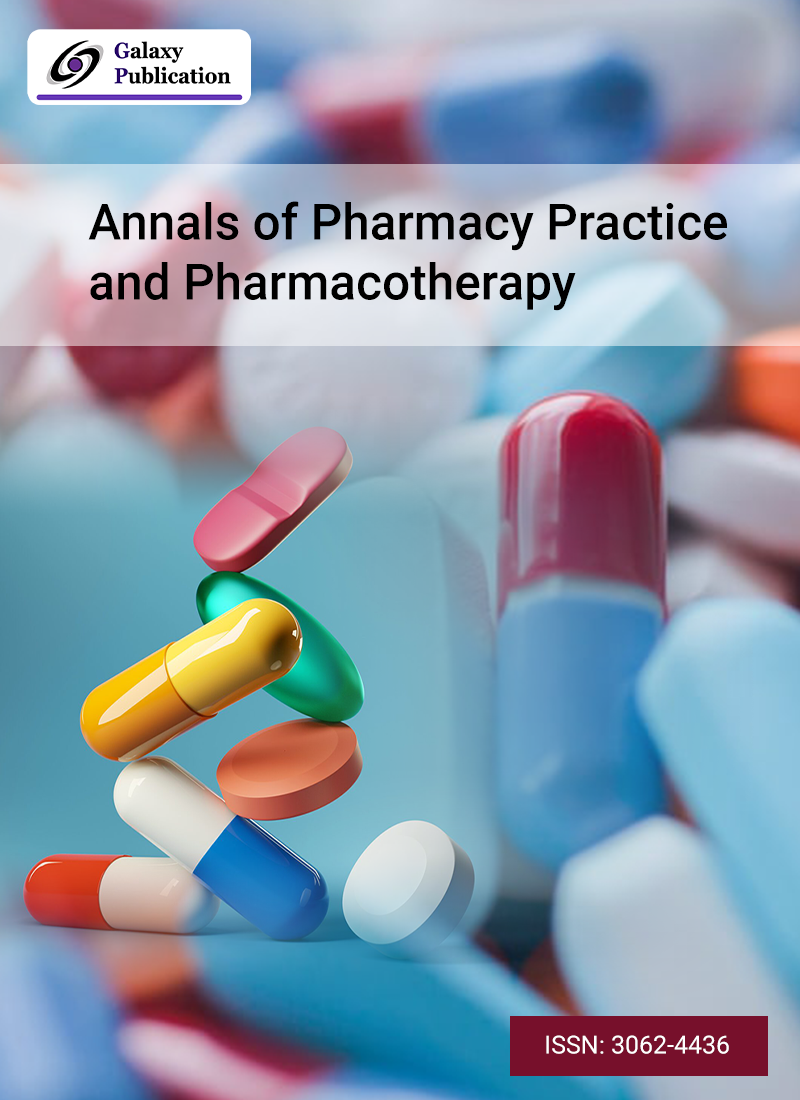
The management of wounds from many causes, such as surgical, purulent, or gunshot wounds, is still a major issue in modern times. Not only are treatment procedures advancing, but combat operations techniques have also been enhanced. The development of resistant microbes is also encouraged by the shift away from conventional wound care techniques. All of these make it more difficult to treat wounds and monitor their progression. This research aims to investigate the effects of the freezing procedure on the mechanical and physical characteristics of the polymer mass. An analysis of the mechanical, physical, and technical properties of the model compositions reveals that the thickness of the polymer mass layer (0.40 mm), centrifugation time (5–10 min at 3000 rpm), and homogeneity (stirring for 15 minutes at 36 rpm with an anchor stirrer) are the primary technical indicators. According to experimental studies, 0.03 g of sample must be applied for every 1 cm² of substrate to achieve a layer thickness of 0.40 mm. A broad range of medications (antibiotics, local antiseptics) in different dose forms (ointments, sprays, powders, solutions) for the treatment of wounds. Antimicrobial medications based on hydrophilic bases, namely polyethylene glycol bases with significant osmotic action, have historically been the primary components of complicated local treatment for wounds. Consequently, the creation of combination medications with osmotic activity and extended action that can absorb exudate without causing a dry crust to form on the surface of the wound is pertinent.